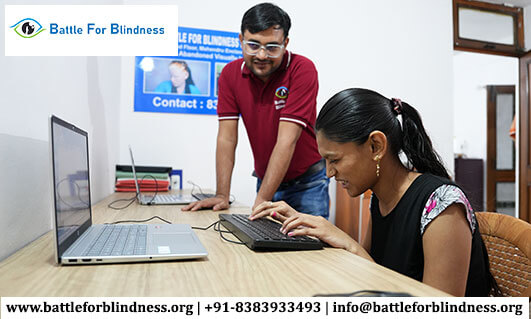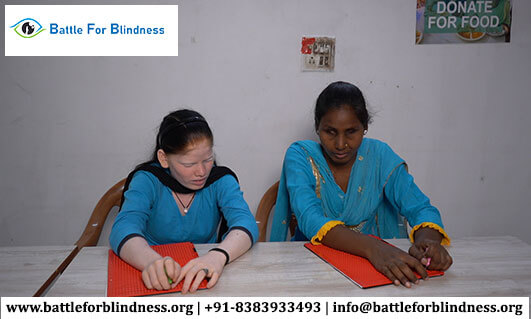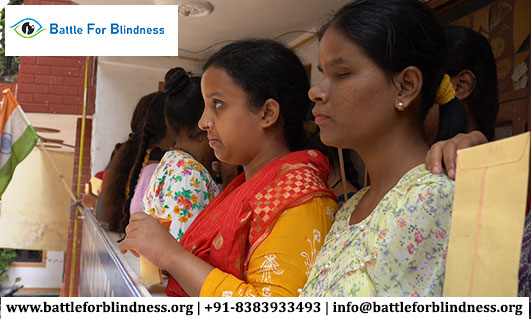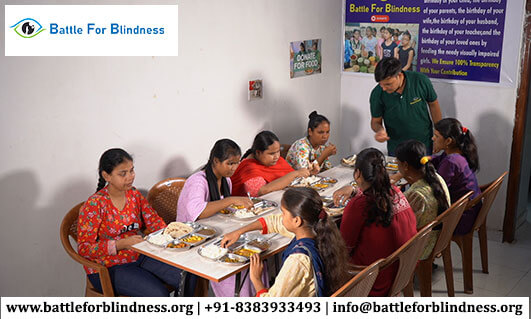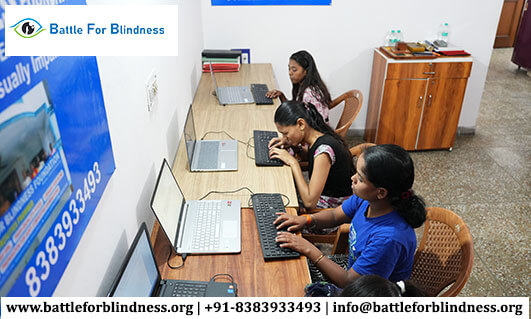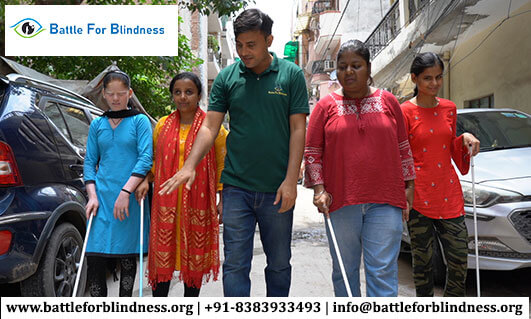
Living with visual impairment presents unique challenges, but with the right tools and technologies, independence and quality of life can be greatly enhanced. Today’s advancements in assistive devices have empowered visually impaired individuals to navigate daily tasks, pursue education and careers, and engage in social activities with confidence.
This blog will explore some of the essential tools that are making a difference in the lives of the visually impaired, fostering independence and enriching everyday experiences.
1. Smart Canes
The traditional white cane has long been a symbol of independence for the visually impaired, providing a means to navigate physical spaces safely. However, smart canes have taken this concept to the next level by incorporating modern technology.
These canes are equipped with sensors that detect obstacles, including those at head level, which are often missed by traditional canes. Some smart canes even connect to smartphones via Bluetooth, offering GPS navigation assistance and real-time feedback.
Key Features:
- Obstacle Detection: Sensors that detect obstacles in the user’s path and provide tactile or auditory alerts.
- GPS Integration: GPS functionality that guides users to their destination.
- Ergonomic Design: Lightweight and foldable for ease of use and portability.
2. Screen Readers
For visually impaired individuals, accessing digital content can be challenging. Screen readers are invaluable tools that convert text on a computer, smartphone, or tablet screen into synthesized speech, allowing users to listen to content rather than reading it. Popular screen readers like JAWS (Job Access With Speech) and NVDA (NonVisual Desktop Access) are widely used for browsing the web, reading emails, and using software applications.
Key Features:
- Text-to-Speech Conversion: Converts on-screen text into spoken words.
- Keyboard Navigation: Allows users to navigate through digital interfaces using keyboard shortcuts.
- Braille Display Compatibility: Some screen readers can be paired with a Braille display for users who prefer tactile reading.
3. Braille Displays
Braille displays are electronic devices that translate on-screen text into Braille characters. This tool is particularly beneficial for individuals who are proficient in Braille and prefer tactile reading.
A Braille display typically consists of a series of small pins that move up and down to form Braille characters in real-time as the user navigates through digital content. Braille displays can be connected to computers, tablets, and smartphones.
Key Features:
- Real-Time Text Translation: Converts digital text into Braille instantly.
- Portability: Compact and portable designs for use at home, work, or on the go.
- Multi-Line Displays: Some models offer multiple lines of Braille, allowing users to read larger portions of text at once.
4. Voice-Activated Assistants
Voice-activated assistants like Amazon Alexa, Google Assistant, and Apple’s Siri have revolutionized how visually impaired individuals interact with technology.
These AI-powered assistants can perform a wide range of tasks, from setting reminders and playing music to controlling smart home devices and providing real-time information. With simple voice commands, visually impaired users can access the information and services they need without relying on visual interfaces.
Key Features:
- Hands-Free Operation: Perform tasks through voice commands without needing to touch a screen or keyboard.
- Smart Home Integration: Control lights, thermostats, and other smart home devices using voice commands.
- Accessibility Features: Built-in accessibility options like voice feedback and screen reader support.
5. Optical Character Recognition (OCR) Devices
OCR devices are designed to convert printed text into spoken words, making them ideal for reading books, mail, or other printed materials. These devices range from standalone scanners to apps that can be installed on smartphones.
Users simply place the printed material under the OCR device or take a photo of it, and the text is then read aloud. This technology is especially useful for visually impaired individuals who want to read independently.
Key Features:
- Text-to-Speech Conversion: Reads printed text aloud in real-time.
- Portability: Mobile apps and handheld devices for on-the-go use.
- Language Support: Many OCR devices support multiple languages.
6. Magnification Software and Devices
For individuals with low vision, magnification software and devices can make it easier to read text, view images, and perform detailed tasks.
Screen magnification software, like ZoomText, enlarges the content on a computer screen, while handheld electronic magnifiers can be used for reading books, labels, and other printed materials. These tools allow users to customize the level of magnification and contrast to suit their needs.
Key Features:
- Customizable Magnification Levels: Adjust magnification to the user’s preferred size.
- High Contrast Mode: Enhances contrast to make text and images clearer.
- Portability: Handheld magnifiers are lightweight and easy to carry.
7. Tactile and Braille Watches
Telling time can be a challenge for the visually impaired, but tactile and Braille watches provide an accessible solution. Tactile watches feature raised dots or hands that can be felt with the fingers, allowing users to tell time by touch.
Braille watches display the time in Braille, enabling users to read it directly. Some modern tactile watches also include smart features like Bluetooth connectivity and notifications.
Key Features:
- Tactile Feedback: Raised dots or hands for reading time by touch.
- Braille Display: Braille characters for timekeeping.
- Smart Features: Some models offer additional functionalities like alarms and notifications.
8. Accessible Kitchen Tools
Cooking can be a rewarding activity for visually impaired individuals, but it often requires specialized tools to ensure safety and ease of use. Accessible kitchen tools include talking scales, which announce the weight of ingredients, and liquid level indicators, which alert users when a cup or pot is full.
Additionally, color-coded measuring cups and knives with finger guards help visually impaired individuals prepare meals confidently.
Key Features:
- Auditory Feedback: Talking devices that provide verbal instructions or measurements.
- Safety Features: Tools designed with safety in mind, such as knives with finger guards.
- Ergonomic Design: Tools that are easy to handle and use.
Conclusion
The right tools can significantly enhance the independence and daily living of visually impaired individuals. From smart canes and screen readers to voice-activated assistants and accessible kitchen tools, these technologies empower visually impaired people to lead fulfilling and autonomous lives. By incorporating these essential tools into their daily routines, visually impaired individuals can navigate the world with confidence, pursue their passions, and maintain their independence.
